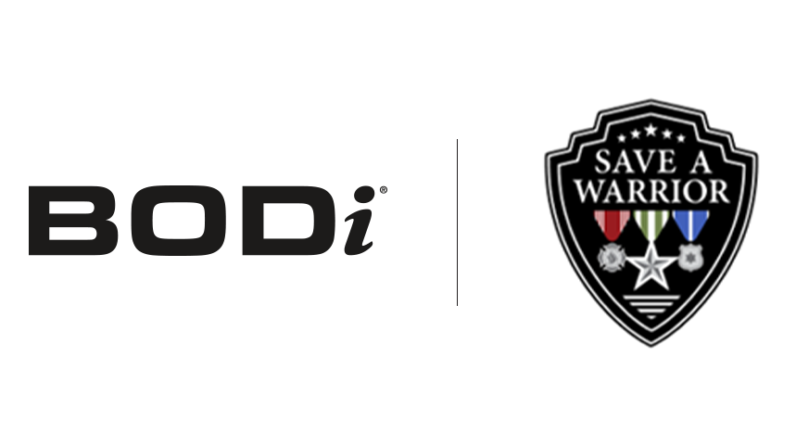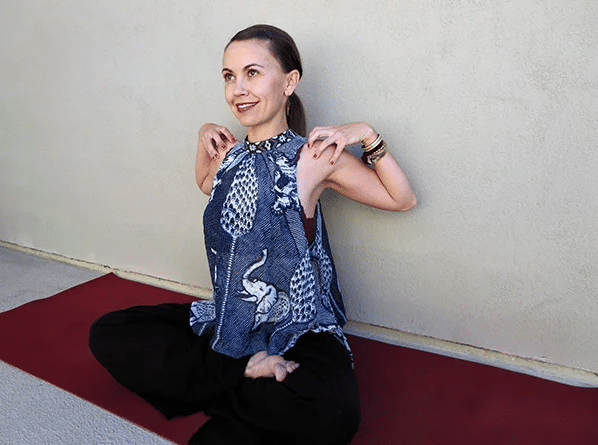
How to Build Muscle: Almost 2x Faster with Stretch-Focused Training
How to build muscle faster and achieve remarkable gains without resorting to unnatural methods? Well, you might be in luck. There is a revolutionary training technique known as “stretch-focused training” that has shown promising results in unlocking the secrets to building muscle rapidly and naturally. With this technique, you can potentially gain muscle almost twice as fast as you are right now while remaining “natty” (natural).
Before we delve into the details of stretch-focused training, it’s essential to emphasize that building muscle naturally requires dedication, consistency, and the right approach. While some people may resort to performance-enhancing substances, stretch-focused training offers an alternative path to achieving extraordinary results while staying true to your natural abilities.
What is Stretch-Focused Training?
Stretch-focused training is a unique approach to resistance training that places emphasis on incorporating stretches into your workout routine. By including targeted stretches before, during, and after your exercises, you can activate a deeper level of muscle fiber recruitment and enhance muscle growth potential.
How to Build Muscle How Does Stretch-Focused Training Work?
When you perform traditional resistance exercises, your muscles contract and shorten to lift the weight. However, by incorporating stretches into your training, you can create an additional stimulus for muscle growth. Stretching a muscle before contracting it during exercise can activate more muscle fibers, leading to increased hypertrophy (muscle growth) potential.
Stretch-focused training involves performing a stretch for a specific muscle group immediately before performing an exercise that targets that same muscle group. For example, before doing a set of squats, you would stretch your quadriceps muscles by performing a deep quad stretch. This pre-stretch primes the muscles, making them more responsive to the subsequent resistance exercise.
How to Build Muscle The Science Behind Stretch-Focused Training
To understand the scientific basis of stretch-focused training, we turned to our team of elite researchers. They dove into the available studies, separated the truth from the fad, and analyzed the best way to utilize this training technique for maximum muscle gains.
According to their findings, stretching a muscle activates sensory receptors called muscle spindles, which monitor the length and rate of change of muscle fibers. When a muscle is stretched, these muscle spindles send signals to the brain, stimulating a protective reflex known as the stretch reflex. The stretch reflex triggers a contraction of the muscle, resulting in increased muscle fiber recruitment.
By incorporating stretches into your training routine, you can exploit this stretch reflex to enhance muscle activation and growth potential. Stretch-focused training aims to optimize muscle fiber recruitment, leading to faster gains in muscle mass.
How to Build Muscle Implementing Stretch-Focused Training
Now that you understand the science behind stretch-focused training, it’s time to learn how to apply it to your own workouts. Here are some key steps to help you get started:
Identify the target muscle group
Determine the primary muscle group you want to focus on during your workout. This could be your chest, back, legs, or any other muscle group you wish to develop.
Perform a targeted stretch
Prior to the resistance exercise for the specific muscle group, perform a stretch that targets that particular muscle. Focus on a controlled and gentle stretch, holding it for approximately 20-30 seconds.
Transition to the resistance exercise
After completing the stretch, immediately transition to the resistance exercise targeting the same muscle group. This will take advantage of the primed muscles and maximize muscle fiber recruitment.
Maintain proper form and technique
As with any exercise routine, it is crucial to maintain proper form and technique throughout your workouts. This ensures effective muscle activation and minimizes the risk of injury.
Track your progress
Keep a record of your workouts, including the specific stretches performed and the corresponding resistance exercises. Regularly track your progress to monitor the effectiveness.
How to Build Muscle Conclusion
If you’re looking to build muscle faster and achieve remarkable gains naturally, stretch-focused training may be the key. By incorporating targeted stretches into your workout routine, you can activate a deeper level of muscle fiber recruitment, leading to increased hypertrophy potential. This revolutionary training technique allows you to potentially gain muscle almost twice as fast as traditional methods while remaining”natty”.
Through extensive research, we have uncovered the science behind stretch-focused training. By stretching a muscle before performing a resistance exercise, you can activate muscle spindles and trigger the stretch reflex, resulting in enhanced muscle fiber recruitment. This optimized muscle activation leads to faster gains in muscle mass.
To implement stretch-focused training, identify your target muscle group, perform a targeted stretch before the corresponding resistance exercise, maintain proper form and technique, and track your progress to monitor effectiveness.
Remember, building muscle naturally requires dedication, consistency, and the right approach. Stretch-focused training offers an alternative path to achieving extraordinary results without resorting to unnatural methods. Give it a try and see how it can revolutionize your muscle-building journey.
Similar Topics
The Fitness Hut
If you would like to buy any products to help Build Muscle please see below:







